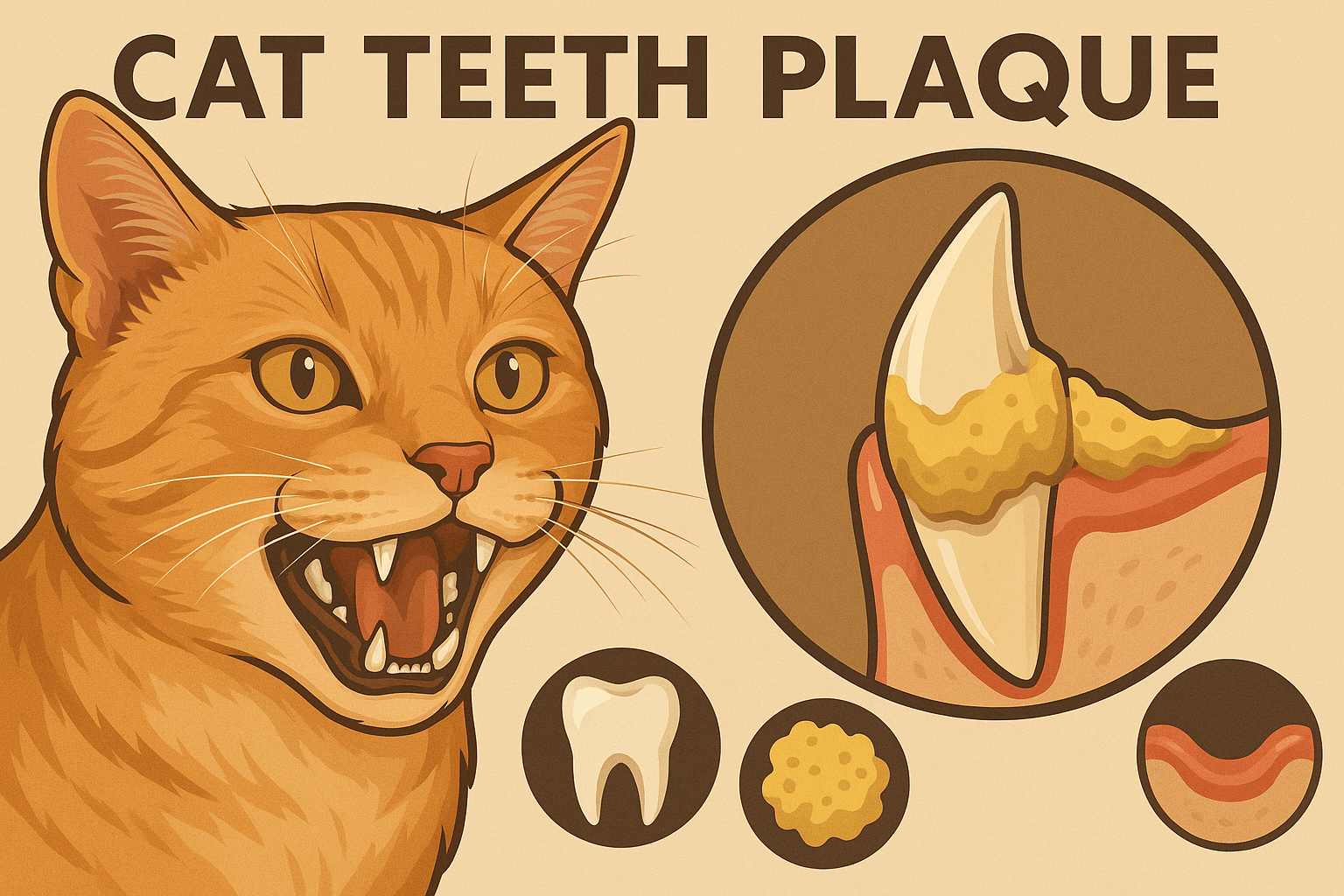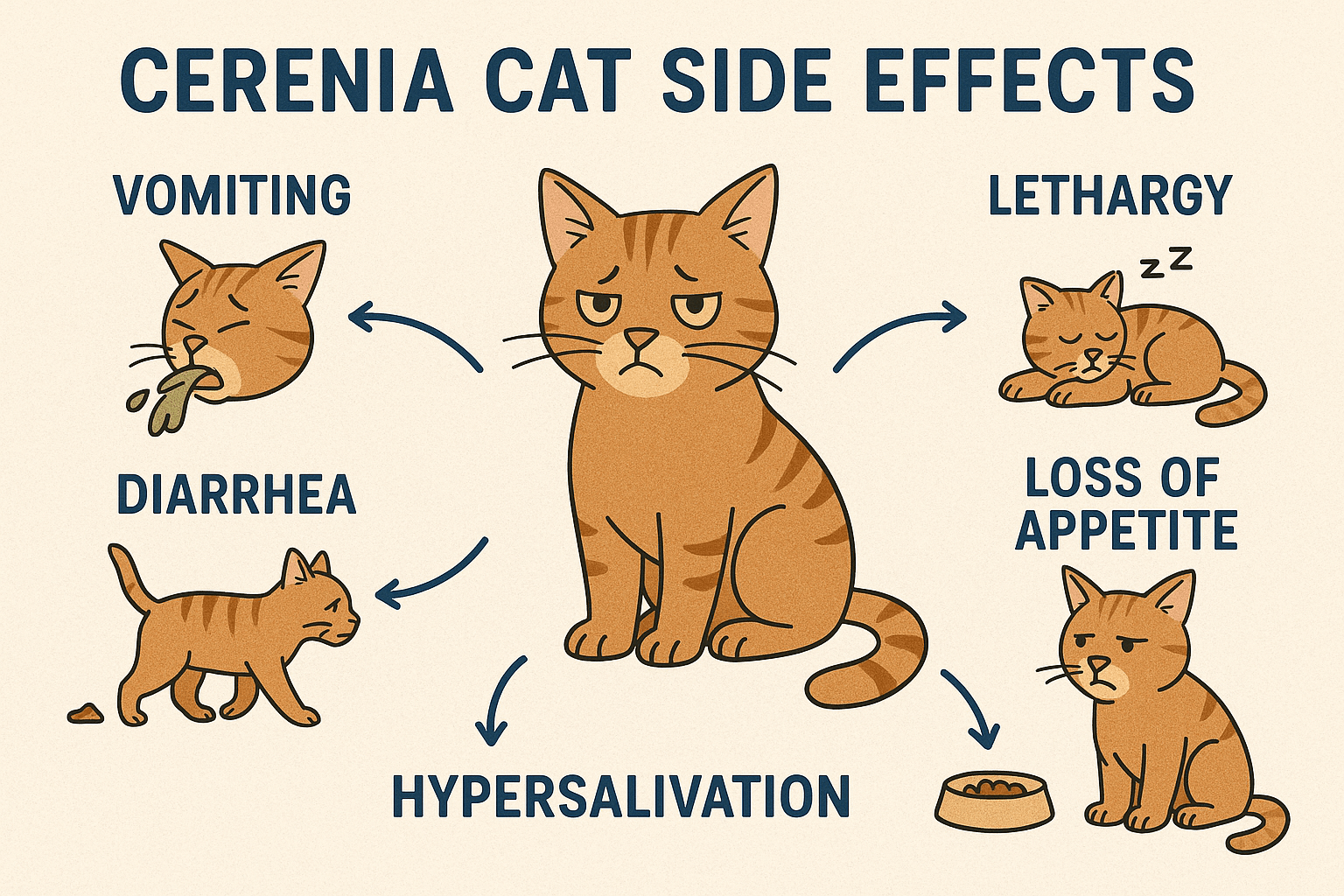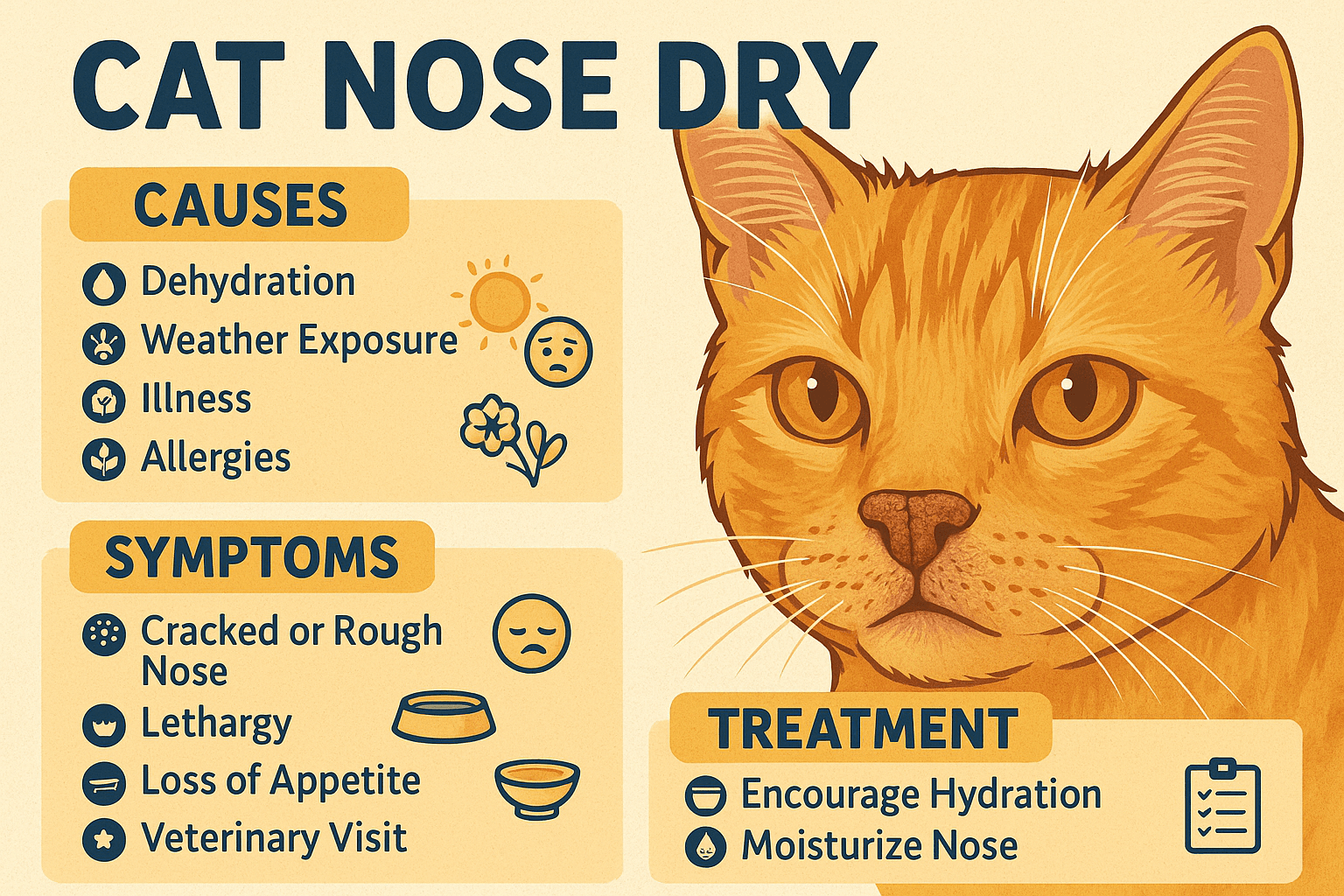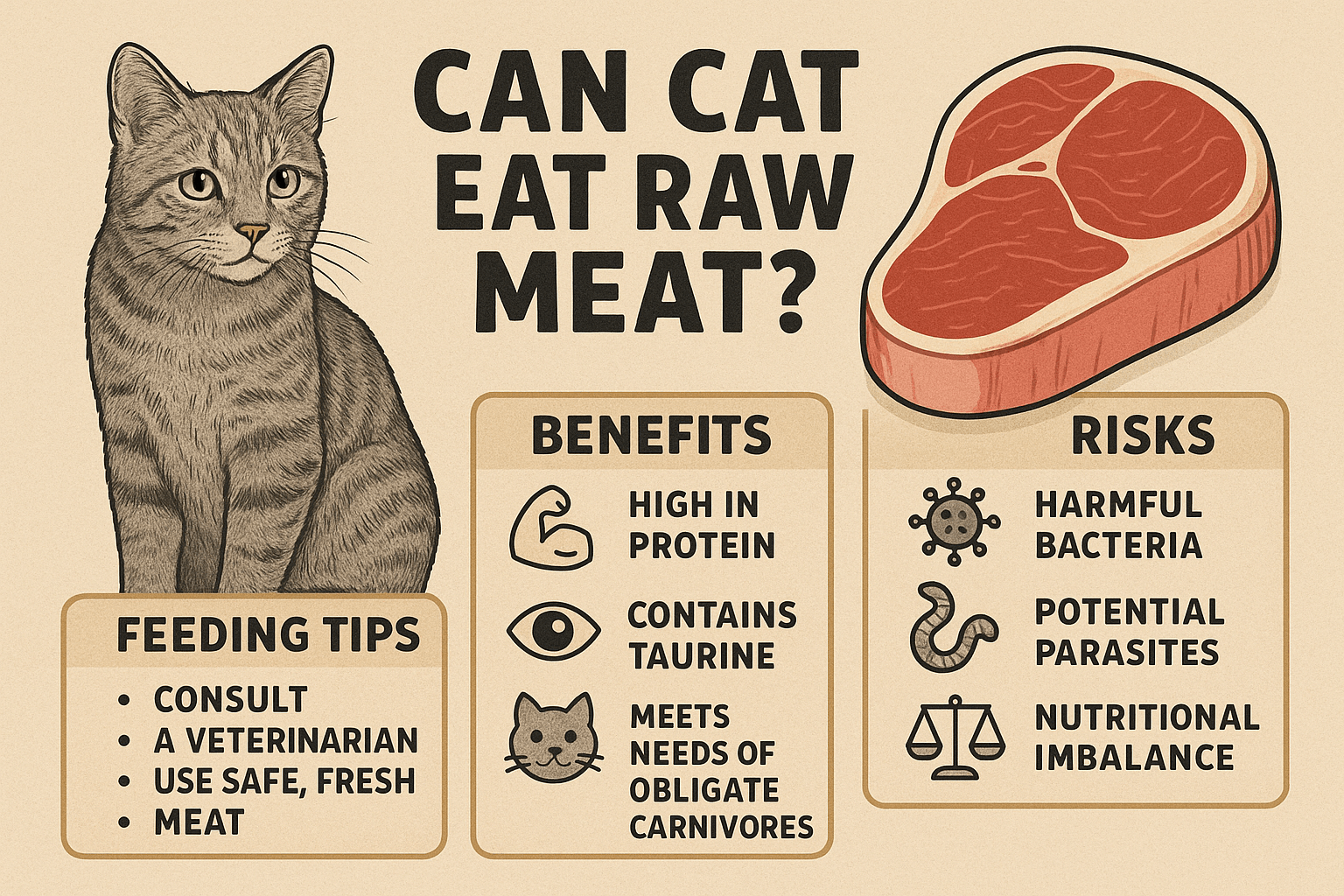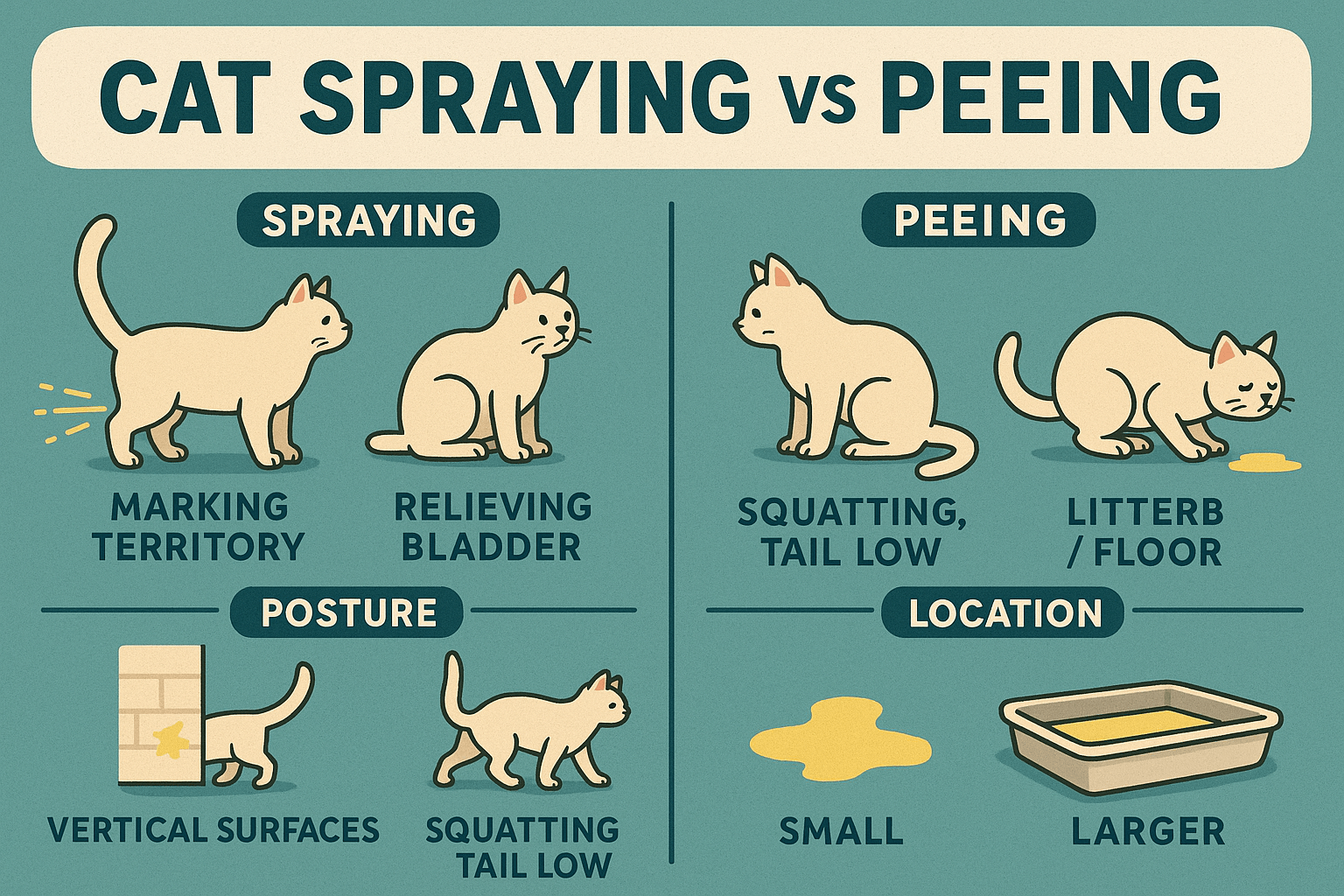Understanding Cat Teeth Plaque: What You Need to Know
Just like humans, cats are susceptible to dental issues, and plaque buildup is one of the most common problems that can affect their oral health. While many cat owners focus on their pet’s diet, grooming, or exercise, dental care often takes a backseat—despite its importance. Plaque on cat teeth not only leads to bad breath but can also progress into more serious conditions like gum disease or tooth loss if left untreated. Understanding how plaque forms, recognizing its signs, and learning how to prevent it are essential steps in ensuring your feline friend enjoys a lifetime of healthy teeth and gums. Let’s explore everything you need to know about managing and preventing cat teeth plaque effectively.
What Causes Plaque on Cat Teeth?
Plaque formation on cat teeth is a natural process, but certain factors can accelerate its development. Here’s what contributes to this common issue:
Bacteria in the Mouth:
Harmful bacteria mix with food particles and saliva to form a sticky film on the surface of the teeth. This is the beginning of plaque.Poor Dental Hygiene:
Cats that don’t receive regular dental care are more prone to plaque accumulation, as there’s nothing to disrupt the bacterial buildup.Dietary Choices:
Soft or wet foods tend to stick to teeth more than dry kibble, making plaque more likely to form.Lack of Chewing Activity:
Cats that don’t chew enough—whether due to eating soft foods or laziness—are at higher risk for plaque because chewing helps naturally clean teeth.Age and Genetics:
Older cats and certain breeds may be predisposed to dental issues, including faster plaque formation.
By understanding these causes, you can take proactive steps to minimize plaque buildup and protect your cat’s oral health.
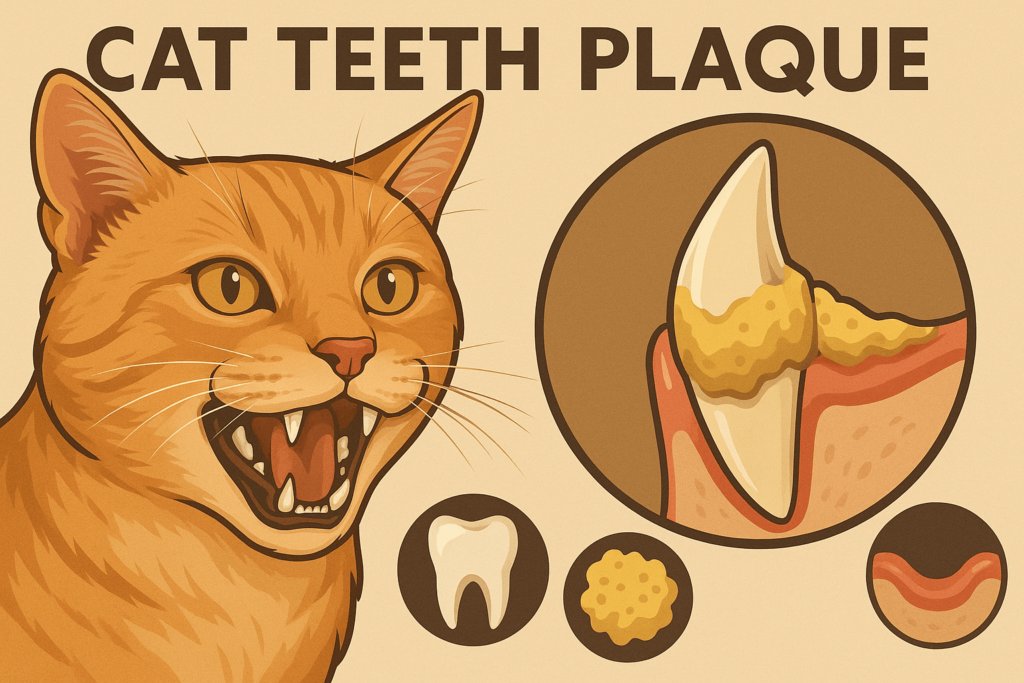
Signs Your Cat May Have Plaque Buildup
Detecting plaque early is crucial to preventing more severe dental problems. Keep an eye out for these signs that indicate your cat may need dental attention:
Bad Breath (Halitosis):
Persistent foul-smelling breath is often the first sign of plaque or other dental issues.Red or Swollen Gums:
Inflamed gums are a clear indicator of gingivitis, which is often caused by plaque buildup.Difficulty Eating:
If your cat hesitates to eat, chews on one side, or drops food, it could signal discomfort due to plaque-related problems.Visible Tartar:
Plaque hardens into tartar over time, appearing as yellow or brown deposits on the teeth.Pawing at the Mouth:
Cats may paw at their face or mouth if they’re experiencing pain or irritation from plaque or gum disease.
Recognizing these symptoms early allows you to address plaque before it escalates into more serious health concerns.
Check this guide 👉Maine Coon Teeth vs. Normal Cat Teeth: Best 7 Tips!
Check this guide 👉Understanding Cat Teeth Anatomy: Best 7 Health Tips!
Check this guide 👉How Should Cat Teeth Look? Best 7 Expert Tips!
Preventing Cat Teeth Plaque | Managing Existing Plaque Issues |
|---|---|
Brush teeth regularly with cat-safe toothpaste | Schedule professional dental cleanings |
Provide dental-friendly toys and treats | Feed a balanced diet with crunchy kibble |
Encourage chewing with raw bones (if safe) | Monitor for signs of gum disease or pain |
Use water additives designed for dental health | Address bad breath promptly with vet care |
Schedule routine vet check-ups for dental exams | Avoid feeding excessive soft or sticky foods |
How to Prevent Plaque on Cat Teeth
Prevention is always better than cure when it comes to cat teeth plaque. These simple yet effective strategies can help keep your cat’s teeth clean and healthy.
Brush Their Teeth Regularly:
Use a cat-specific toothbrush and enzymatic toothpaste to gently clean their teeth 2-3 times a week.Offer Dental Chews or Treats:
Specially formulated dental treats can help reduce plaque by mechanically scrubbing the teeth.Provide Crunchy Food Options:
Dry kibble is less likely to stick to teeth compared to wet food, helping to naturally scrape away plaque.Encourage Play with Dental Toys:
Toys designed to promote chewing can help remove plaque while keeping your cat entertained.Use Oral Health Supplements:
Water additives or gels can reduce bacteria in the mouth, slowing down plaque formation.
With consistent effort, these preventive measures can significantly reduce the risk of plaque-related dental issues.
When to Seek Veterinary Help for Cat Teeth Plaque
While some plaque buildup is normal, certain situations require immediate attention from a veterinarian. Knowing when to seek professional help ensures your cat receives timely treatment.
Excessive Drooling:
Unusual drooling can indicate pain or infection caused by advanced plaque or gum disease.Bleeding Gums:
If you notice blood during brushing or eating, it’s a sign of significant dental distress.Tooth Loss or Loose Teeth:
Plaque can lead to periodontal disease, which weakens the structures supporting the teeth.Changes in Appetite:
A sudden refusal to eat or preference for soft foods may signal discomfort due to plaque-related issues.Swelling Around the Jaw:
Swollen areas near the jawline could indicate an abscess or infection requiring urgent care.
Prompt veterinary intervention can prevent complications and restore your cat’s oral health.
Common Myths About Cat Teeth Plaque
Misconceptions about cat dental care can lead to neglect or improper practices. Let’s debunk some common myths to help you make informed decisions.
Myth: Cats Don’t Need Dental Care Because They Clean Their Own Teeth:
While chewing and grooming help, they aren’t enough to prevent plaque completely.Myth: Bad Breath Is Normal for Cats:
Persistent bad breath is a sign of dental issues, not a natural trait.Myth: Only Older Cats Get Plaque:
Plaque can start forming at any age, so prevention should begin early.Myth: Dry Food Alone Prevents Plaque:
While helpful, dry food isn’t a substitute for regular brushing or professional care.Myth: Dental Procedures Are Too Expensive:
Investing in preventive care saves money in the long run by avoiding costly treatments.
Understanding the truth behind these myths empowers you to provide better dental care for your cat.
Benefits of Professional Dental Cleanings
Professional cleanings play a vital role in maintaining your cat’s oral health. Here’s why they’re worth considering:
Removes Stubborn Tartar:
Vets use specialized tools to remove hardened tartar that brushing alone can’t eliminate.Prevents Gum Disease:
Cleaning below the gumline addresses bacteria that cause inflammation and infection.Detects Hidden Issues:
X-rays and exams can reveal problems like cavities or root damage that aren’t visible externally.Improves Overall Health:
Reducing oral bacteria lowers the risk of systemic diseases affecting the heart, kidneys, and liver.Provides Peace of Mind:
Knowing your cat’s teeth are professionally cared for reduces stress about potential dental issues.
Regular professional cleanings complement your at-home efforts for optimal results.
Tips for Introducing Teeth Brushing to Your Cat
Getting your cat accustomed to teeth brushing can be challenging, but it’s achievable with patience and consistency. Follow these tips for success:
Start Slowly:
Begin by letting your cat sniff the toothbrush and toothpaste without actually brushing.Use Positive Reinforcement:
Reward your cat with treats or praise after each step of the process to build positive associations.Choose the Right Tools:
Invest in a small, soft-bristled toothbrush and flavored cat-safe toothpaste.Focus on Short Sessions:
Limit brushing sessions to a few seconds at first, gradually increasing the duration over time.Be Patient and Consistent:
It may take weeks or months for your cat to fully accept brushing—stick with it!
With persistence, your cat will learn to tolerate—and maybe even enjoy—the process.
Frequently Asked Questions About Cat Teeth Plaque
Can I use human toothpaste for my cat?
No, human toothpaste contains ingredients that are toxic to cats. Always use cat-safe products.
How often should I brush my cat’s teeth?
Ideally, brush your cat’s teeth 2-3 times a week to maintain good oral hygiene.
Is plaque harmful to my cat’s overall health?
Yes, untreated plaque can lead to gum disease, infections, and even systemic health issues like heart disease.
What if my cat resists teeth brushing?
Start slowly, use positive reinforcement, and consider alternatives like dental treats or professional cleanings.
Can plaque turn into something worse?
Yes, plaque hardens into tartar, which can cause periodontal disease and tooth loss if not addressed.
Prioritizing Your Cat’s Dental Health
Taking care of your cat’s teeth is just as important as feeding them a nutritious diet or providing regular exercise. Plaque buildup may seem minor at first, but it can quickly escalate into painful and costly dental problems if ignored. By incorporating preventive measures like regular brushing, dental-friendly toys, and routine vet check-ups, you can ensure your feline companion enjoys a lifetime of healthy teeth and gums. Remember, a happy cat starts with a healthy mouth—so make dental care a priority today!
Cerenia Cat Side Effects: Best 7 Expert Tips! Discover expert advice on managing Cerenia side effects, ensuring your cat’s safety, and promoting a smooth recovery with practical tips.
Why Is My Cats Nose Dry? Best 7 Expert Tips! Discover expert advice on causes of dry cat noses, signs of concern, and how to keep your feline healthy and comfortable.
Can Cats Eat Raw Meat? Best 7 Expert Tips! Discover the benefits, risks, and expert advice on feeding raw meat to cats safely and nutritiously.
Cat Spraying vs. Peeing: Best 7 Expert Tips! Learn to identify the differences, understand causes, and stop unwanted behaviors with proven strategies for a cleaner, stress-free home.

